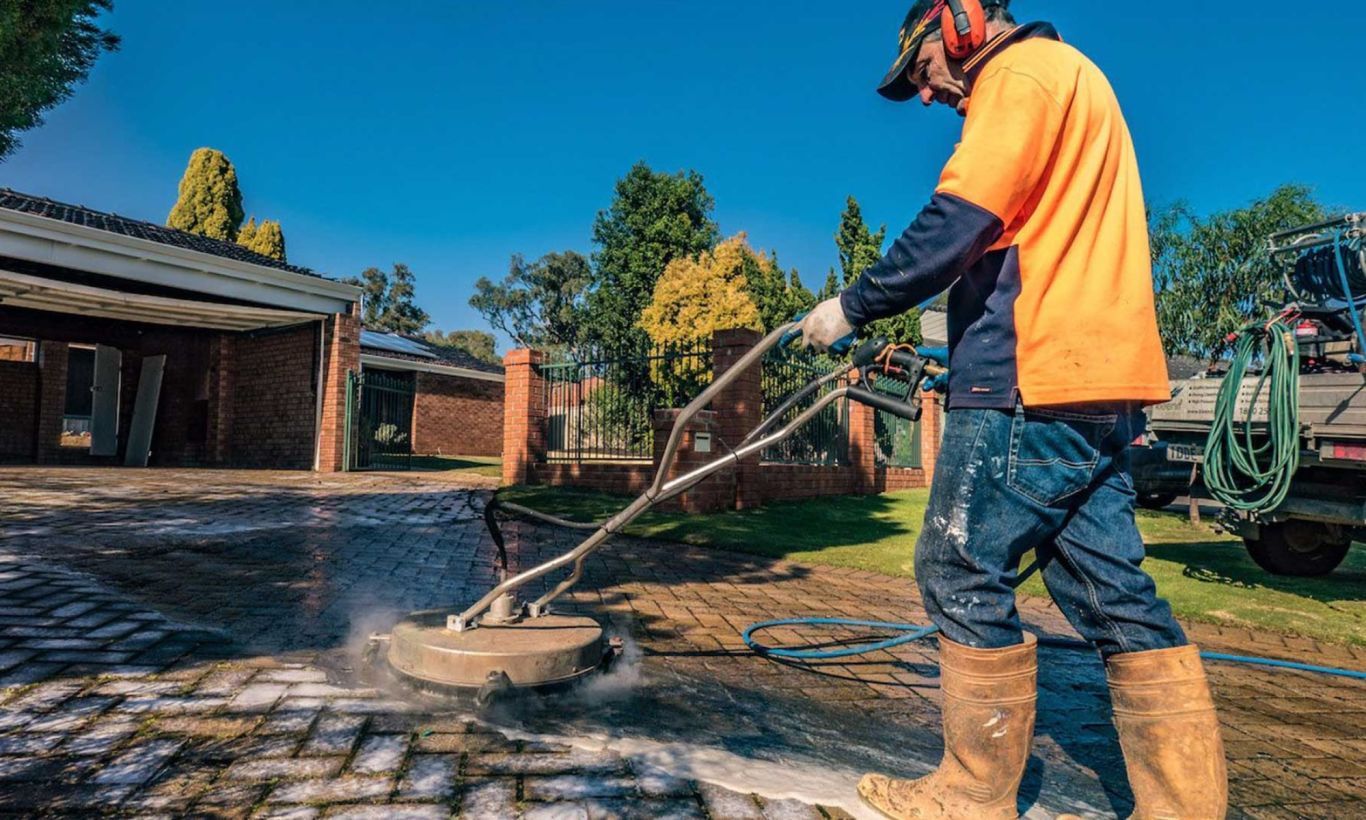Sidewalks
Sidewalks provide safe access to a variety of destinations and make walking an attractive choice for people of all ages. They also reduce dependence on cars and support a healthier environment. In addition, sidewalks can be a vital component of a Complete Street, which is designed for all users – including pedestrians, cyclists, transit riders and motorists.
Sidewalks are surfaced with a wide range of materials to fit different budgets and contexts. While sidewalks in urban or suburban areas are typically made of concrete, less expensive materials such as asphalt and crushed stone may be appropriate for rural environments. The material used should be durable, accessible and aesthetically compatible with the surrounding community.
In addition to providing a place for pedestrians to walk, the sidewalk should be visually separated from the roadway, as shown in Figure 803-2. This separation supports pedestrian safety and comfort and reduces pedestrian collisions with vehicles in rural areas. It also allows for design flexibility at intersections by allowing the placement of a curb and gutter or unpaved furnishing zone where necessary to serve utility and traffic control functions.
The sidewalk should also be sloped in a way that prevents water from running onto the roadway and creating black ice during cold weather. In addition, a swale or depression can be placed in front of the sidewalk to direct surface water to a drainage ditch to reduce nuisance flooding and keep debris off the road.
If the sidewalk is not level, it will create trip hazards and may affect the mobility of persons with disabilities, who need a smooth, level surface to navigate streets. The slope should be consistent with the street grade and have a cross-slope of less than 2 percent. In addition, the sidewalk should be free of obstructions, such as curbs, driveways, fences and structures that impede pedestrian movement.
A damaged sidewalk should be repaired as soon as possible. The Town Board passed a Complete Streets resolution in 2009, which recognizes the importance of making streets safer and more efficient for all users, including pedestrians, bicyclists, motorists and transit riders. The Resolution states that the Town will consider Complete Streets elements in all new construction, reconstruction, and rehabilitation projects.
Sidewalk Repairs
Sidewalks are a critical part of any community. They provide a safe path for pedestrians and indicate the responsibilities of property owners. Unfortunately, sidewalks can be damaged due to extreme usage or just age-related wear and tear. If a homeowner fails to repair their damaged sidewalk, they will be issued a NYC DOT violation.
The City offers a variety of programs that homeowners can take advantage of to have their sidewalks repaired. The City’s Sidewalk Repair Subsidy pays for the costs of the materials used to repair damaged concrete and masonry. This program is available to homeowners who meet certain criteria. If you’re interested in applying for this subsidy, contact your local city official to find out more about the application process.
Another option is the Trees & Sidewalks program, which repairs damage to sidewalks caused by trees. The City inspects and rates the severity of the damage. It prioritizes the most severe sidewalks to be repaired first. However, the rating may change if public notifications (service requests and complaints) to NYC Parks are received about the site.
In many cases, the city will notify homeowners that their sidewalks have been damaged by a tree and need to be fixed. Homeowners are given 75 days to address the problem and will be billed for the work if they don’t act within this time frame.
It’s important to hire a professional who is familiar with the NYC DOT specifications when looking for someone to perform sidewalk repairs. Choosing the right contractor can help you avoid expensive fines for sidewalk violations.
Typical signs of a sidewalk issue include cracking, multiple surface fractures and missing panels. In some instances, these conditions may require the removal and replacement of the entire sidewalk section.
If the sidewalk is cracked or otherwise deteriorated, this can cause trip hazards and impact the pedestrian’s walking experience. Other potential issues include exposed hardware (i.e. drains, sewer manhole covers), which can also create a trip hazard, and uneven tile placement.
In some cases, sidewalks that need to be repaired may also require the installation of a metal ramp. This type of ramp is typically installed at intersections.
Sealing
A pristine, gleaming driveway is an asset to any home and can make you proud to show it off. However, this area of your property gets dirty very quickly and cleaning it properly requires professional equipment. You can try to tackle this task yourself but you will likely be fighting a losing battle against tough stain causing culprits like motor oil, mold and algae. To help your driveway stay cleaner longer, many contractors suggest that you have it sealed each year. Solvent-based sealers are typically recommended because they offer the best protection against stains. However, these types of sealers can irritate your skin and release toxic fumes.
